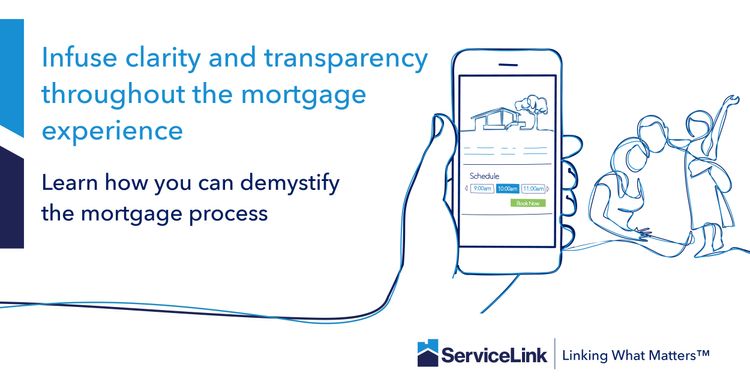Servicers and attorneys gain fresh insights into processes and performance to achieve high levels of efficiency and responsiveness.
Visibility is essential to risk mitigation, cost control and continuous improvement of operational service levels. Servicers that can monitor their performance, and their vendors’ performance, in terms of key foreclosure and bankruptcy milestones, and key portfolio indicators are empowered to make sound modifications and better-informed decisions related to their processes. The Default Performance and Vendor Report, part of ServiceLink Process Solutions’ proprietary toolkit, offers this essential transparency.
“The DPVR enables servicers to not only look at their key indicators to see how they’re performing, but also drill down on summary reporting, to individual state reporting, individual milestone reporting, and vendor performance, all the way to loan-level detail,” says Eric Murphy, Senior Vice President, ServiceLink Process Solutions. “It’s a comprehensive report that allows multiple views at the executive, managerial and loan levels. Servicing managers, as well as vendor managers, can assess how they’re performing on their portfolios against composite data compiled from firms across the industry.”
Jennifer Graves, Director, Operations, ServiceLink Process Solutions, adds, “Within each milestone, servicers can see how they are performing against other servicers. They can also see how efficiently their individual attorneys are working—how quickly files are moving from first legal action to sale—and where delays in the process are taking place.”
This visibility gives report users the insight they need to take corrective action. For example, if a servicing manager is monitoring a foreclosure portfolio through the pipeline and finds that it’s taking their team 300 days to get from step A to step B, compared with peers that are completing the same task in only 150 days, that manager will want to delve deeper.
Murphy explains, “When you discover you’re lagging behind what everyone else is doing, you know that it’s costing you more money due to the length of time it’s taking, or else it’s costing you business because investors know that your peers are working more efficiently than you are. Reverse engineering can help you pinpoint breakdowns in the process, whether those are happening internally or with one of your vendors. If it’s internal, you can rectify the situation. If it’s external, you can assess whether you are holding up the responsible firm in some way or they’re just not performing at the level you’d like. If you find it’s the latter, you may decide that taking your book of business to another firm would get your processes back on track.”
In addition to providing access to composite industry data and averages, the DPVR gives servicers and attorneys the ability to customize key metrics and milestones they can track internally. “When we partner with a servicer or attorney firm, we discuss their unique needs and how we can support those,” says Murphy. “We’ve built that flexibility into the DPVR because we want our partners to use this tool every day. And they do. They’ve helped us make it better, too. It’s grown over time because of the feedback they’ve shared. Many of the metrics, items and views in the DPVR have come from clients’ insights and requests.”
Part of a Complete Servicing Toolkit
Murphy adds that the DPVR is a powerful tool in itself, but it’s also complemented by the other reporting tools in ServiceLink Process Solutions’ toolkit — namely, the Over Standard Report (OSR) and Dashboard.
The OSR breaks down delinquencies in a portfolio by segment, identifying what is impeding those files from moving forward so the servicer or attorney can zero in on the items that truly need attention.
The Dashboard is a workflow tool that enables the servicer or attorney to see whether each step in their process has been completed in or out of standard, as well as the status of items not yet completed. All targets are customizable: They can be grouped by departments, processes, processor, etc., depending on the user’s preferences. Data is updated six times a day so that the information on how the various teams are performing is current.
“A manager reviewing this data would have the ability to say, ‘These items are top priority, because they’re about to go out of standard if they’re not finished today; then we need to address these next seven items because they’re already out of standard,’” says Murphy. “At the end of the day, that manager can pull up the report to make sure those tasks were completed. The process becomes more efficient and the portfolio moves along faster.”
To learn more about ServiceLink’s Default Performance and Vendor Report, Over Standard Report or Dashboard, visit svclnk.com/servicers.


